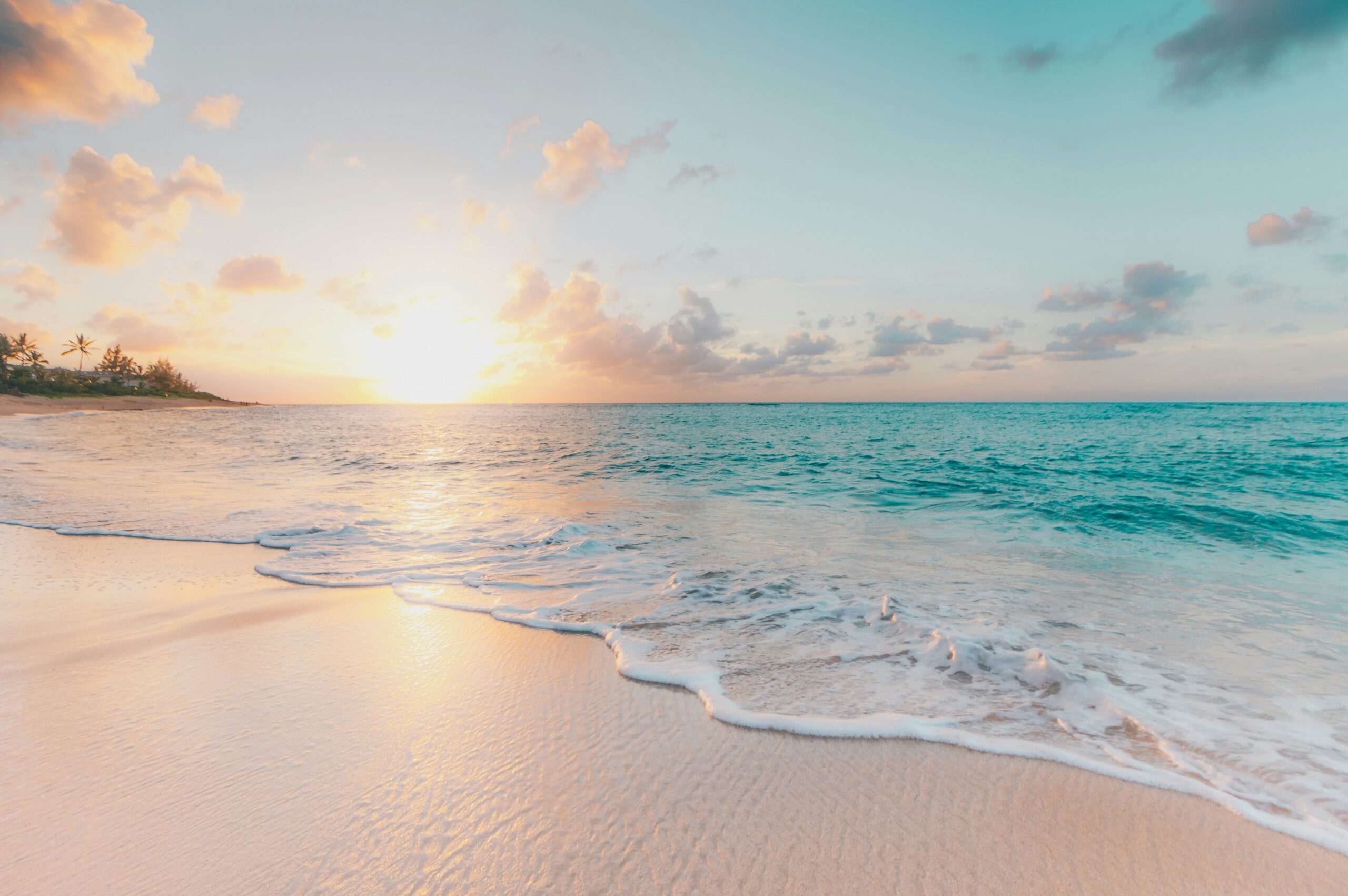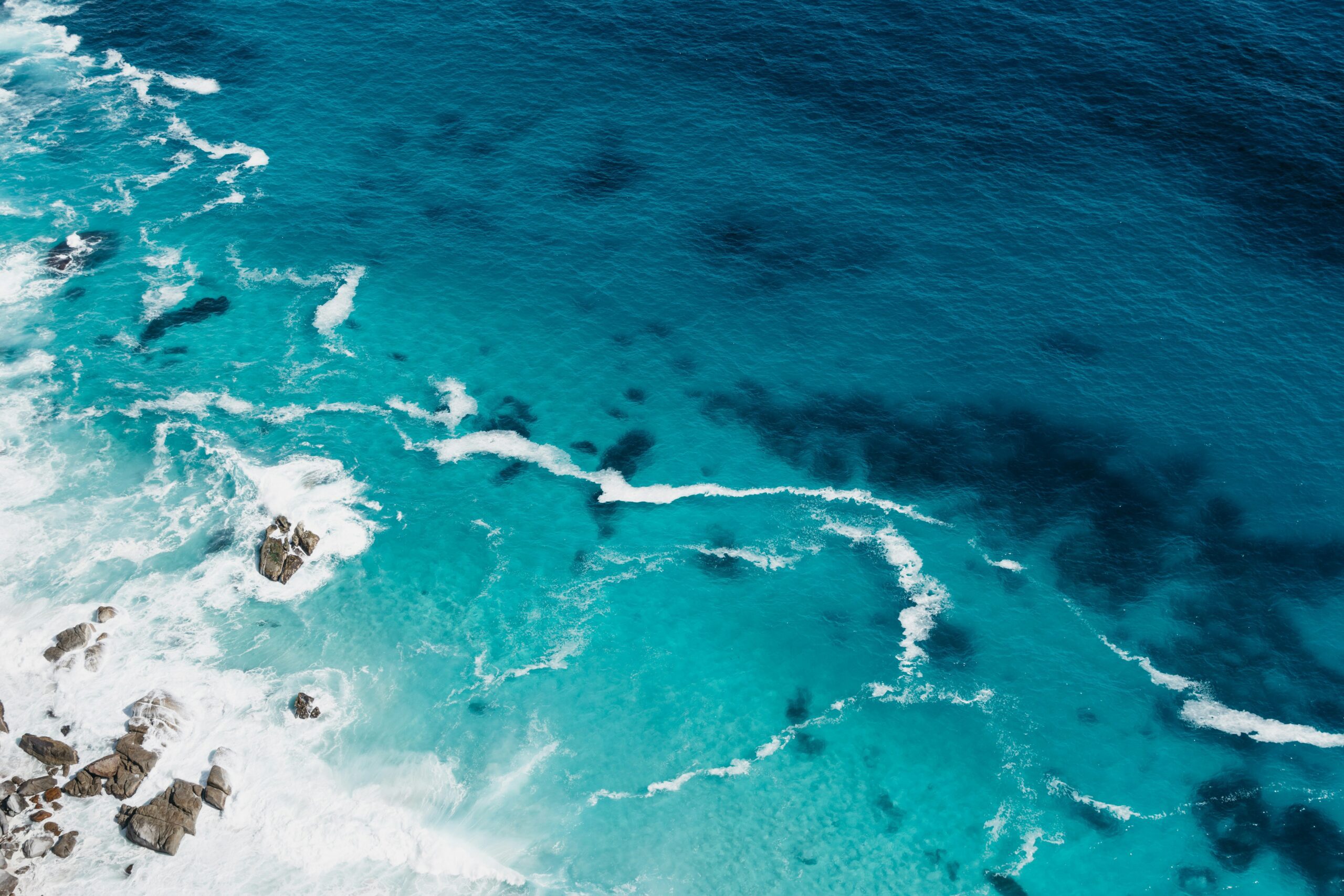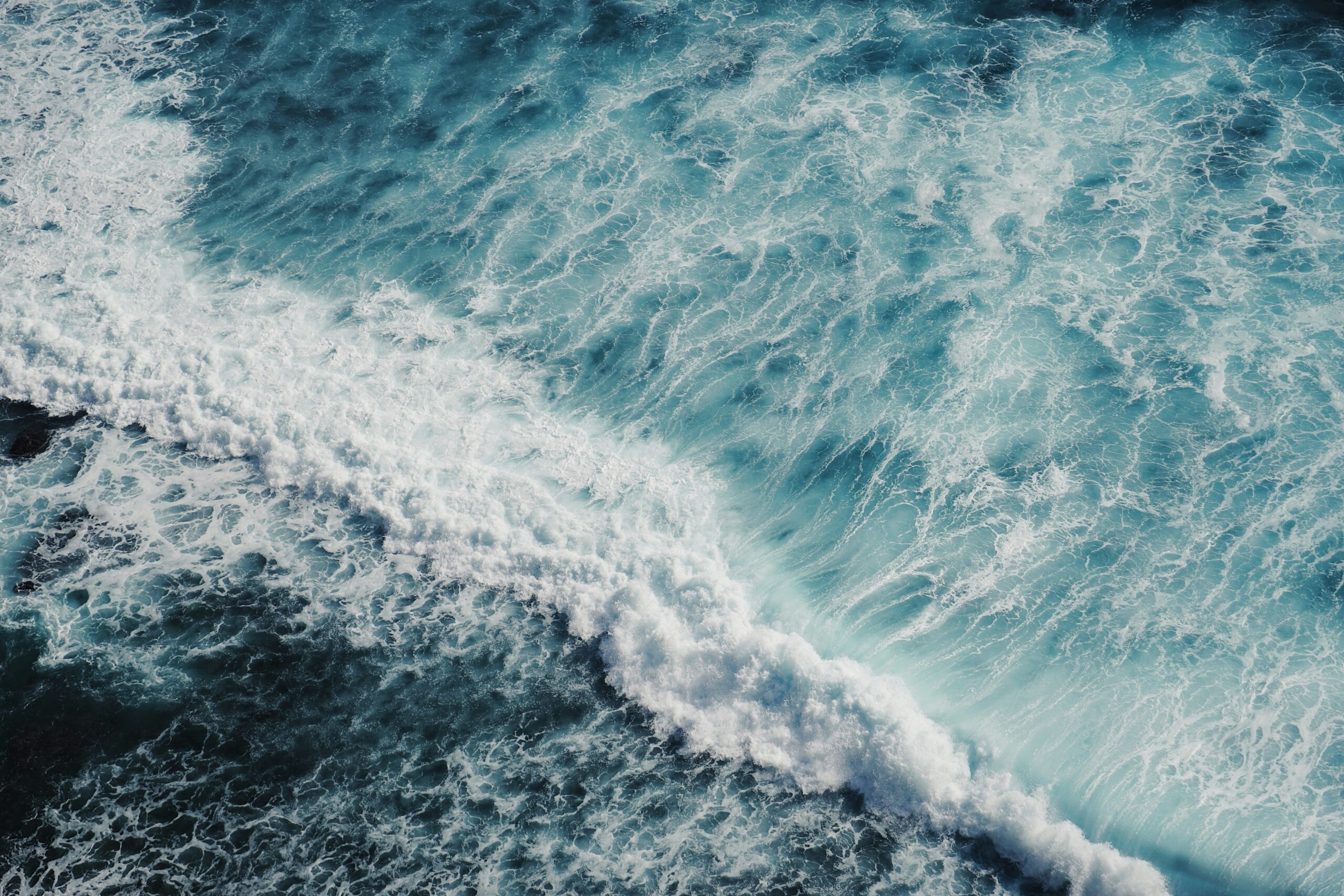Table of Content
The Pacific Ocean, the largest ocean of the world, spans an incredible expanse that captures the imagination with its vastness and mystery. Covering more than 63 million square miles, it is larger than all the land masses on Earth combined, making it the true giant among Earth’s five oceans. The Pacific not only dominates in size, but also in significance—it influences global weather patterns, shapes the biodiversity of numerous ecosystems, and has been the lifeblood for countless civilizations throughout history.
To grasp the scale of the largest ocean of the world, imagine an expanse that stretches from the Arctic in the north to the icy waters of the Southern Ocean near Antarctica in the south. From east to west, it reaches from the coasts of Asia and Australia to the western shores of the Americas. This incredible breadth makes the Pacific Ocean the most geographically diverse of all oceans, touching the shores of 28 different countries. It covers more than a third of the Earth’s surface, offering a glimpse into just how much of our planet is dominated by water.
Historical Significance of the Pacific Ocean
Throughout human history, the largest ocean of the world has been a crucial corridor for exploration, trade, and cultural exchange. Long before European explorers set sail, indigenous peoples such as the Polynesians had mastered the art of navigation across the vast Pacific. These ancient seafarers, using only the stars, waves, and wind as their guides, sailed thousands of miles in wooden canoes, reaching isolated islands such as Hawaii, New Zealand, and Easter Island.
European exploration of the Pacific began in earnest in the 16th century, with Ferdinand Magellan being the first known European to cross this enormous body of water in 1521. Magellan named the ocean “Mar Pacífico,” meaning peaceful sea, due to the calm conditions he experienced at the time. Yet, as history unfolded, it became clear that this was far from a passive expanse. The Pacific’s power, unpredictability, and vastness have continually challenged explorers, traders, and settlers who ventured across it.
The largest ocean of the world played a pivotal role in the age of European colonialism and the development of global trade. As shipping routes were established across its waters, new trade networks linked Asia, the Americas, and Europe, exchanging goods, cultures, and ideas. The Pacific became the heart of the “Age of Discovery” and remains a critical part of global commerce to this day, as modern supertankers and cargo ships ply its routes.
Geography and Features of the Pacific Ocean
The Pacific Ocean is home to some of the most remarkable geographic features on the planet. Its floor is a dynamic landscape of mountain ranges, deep trenches, volcanoes, and plateaus. Perhaps the most famous feature is the Mariana Trench, located in the western Pacific near the Mariana Islands. This trench contains the Challenger Deep, the deepest known point on Earth, reaching a staggering depth of around 36,000 feet. If you were to drop Mount Everest into the Mariana Trench, its peak would still be submerged by over a mile of water.
In addition to its extraordinary depths, the largest ocean of the world also contains thousands of islands, ranging from tiny atolls to large landmasses like New Guinea. The Pacific Islands are divided into three main cultural regions: Melanesia, Micronesia, and Polynesia. These islands are home to unique cultures and ecosystems, many of which are found nowhere else on Earth. For example, the Galápagos Islands, located in the eastern Pacific, are renowned for their diverse and unusual wildlife, which inspired Charles Darwin’s theory of evolution.
The Pacific is also defined by its “Ring of Fire,” a horseshoe-shaped zone along the edges of the ocean basin that is home to a significant amount of the world’s volcanic and earthquake activity. The Pacific Plate, one of the Earth’s major tectonic plates, is constantly moving, causing seismic shifts that lead to earthquakes, tsunamis, and volcanic eruptions. These natural phenomena, though dangerous, are also a testament to the ever-changing nature of the largest ocean of the world.

Biodiversity in the Pacific Ocean
As the largest ocean of the world, the Pacific is an unparalleled haven for marine biodiversity. Its waters are teeming with life, from the smallest plankton to the largest whales. Coral reefs, especially those found in the tropical regions of the Pacific, support an incredible variety of marine species, acting as nurseries for fish, providing habitats for countless invertebrates, and playing a vital role in maintaining the balance of marine ecosystems.
One of the most famous coral systems in the Pacific is the Great Barrier Reef, located off the northeastern coast of Australia. It is the largest coral reef system in the world, spanning over 1,400 miles. This vibrant ecosystem is home to thousands of species of fish, mollusks, and marine mammals, making it one of the most biodiverse places on Earth. Unfortunately, climate change and pollution are threatening this delicate environment, leading to coral bleaching and the loss of marine life.
In the deeper, colder regions of the Pacific, other forms of life thrive in extreme conditions. Hydrothermal vents, which release superheated water from the Earth’s crust, provide the energy for unique ecosystems that rely on chemosynthesis rather than photosynthesis. Here, organisms such as giant tube worms and deep-sea shrimp survive in one of the most hostile environments on the planet, a reminder of the adaptability and resilience of life in the largest ocean of the world.
The Pacific Ocean is also home to some of the planet’s most iconic marine species, including the blue whale, the largest animal ever known to have lived. The Pacific blue whale can grow up to 100 feet in length and weigh as much as 200 tons. In addition to blue whales, the Pacific is home to a diverse array of sharks, sea turtles, dolphins, and countless species of fish that support both local communities and global fisheries.
Climate Influence and Environmental Challenges
As the largest ocean of the world, the Pacific has a profound effect on global climate and weather patterns. The ocean’s immense heat capacity helps regulate temperatures, influencing weather systems and seasonal cycles. One of the most significant climate phenomena associated with the Pacific is the El Niño-Southern Oscillation (ENSO). This natural cycle affects the movement of warm and cold water in the Pacific, causing dramatic shifts in weather patterns around the globe. El Niño events, for example, can lead to droughts, floods, and severe storms in different parts of the world.
However, the Pacific Ocean is not immune to the environmental challenges facing the modern world. Rising global temperatures, driven by climate change, are causing sea levels to rise, which threatens low-lying Pacific islands and coastal communities. The warming of ocean waters is also causing coral bleaching and disrupting marine ecosystems, leading to the decline of fish populations that many people depend on for food and livelihoods.
Plastic pollution is another serious issue affecting the largest ocean of the world. The Pacific is home to the infamous “Great Pacific Garbage Patch,” a massive area where plastic debris accumulates due to ocean currents. This floating “island” of plastic poses a severe threat to marine life, as animals can ingest or become entangled in the debris. Efforts to clean up the Pacific and reduce plastic waste are ongoing, but the scale of the problem requires global cooperation and action.

The Pacific and Its Future
The future of the Pacific Ocean, the largest ocean of the world, will be shaped by both natural processes and human activity. While the Pacific has been resilient in the face of natural challenges, such as volcanic eruptions and tsunamis, the environmental pressures of the modern world are pushing it to its limits. Climate change, overfishing, and pollution are among the most pressing issues, and their long-term effects on the Pacific and its inhabitants are still unfolding.
Yet, despite these challenges, there is hope for the preservation of the Pacific. International efforts to create marine protected areas, restore coral reefs, and reduce carbon emissions are essential steps toward safeguarding the health of the ocean. Indigenous communities, who have long relied on the Pacific for sustenance and cultural identity, are also playing a crucial role in protecting the largest ocean of the world through sustainable practices and traditional knowledge.
In conclusion, the Pacific Ocean is more than just the largest ocean of the world—it is a living, breathing entity that influences every aspect of life on Earth. From its role in global climate systems to its rich biodiversity and historical significance, the Pacific stands as a reminder of the interconnectedness of all life. Protecting this vast, majestic ocean is not just a matter of environmental concern; it is a responsibility that humanity shares for the well-being of future generations.

Leave a Reply